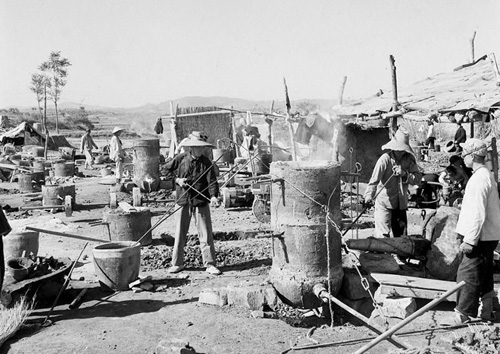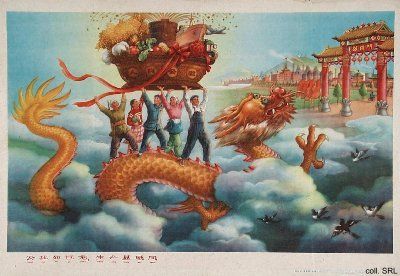

Part of this plan is to be a strong performer or world leader in all aspects of science and technology, outlined in the government’s 13th Science, Technology and Innovation Five Year New Plan. The Chinese government has emphasised the role of innovation in sustainable economic growth. “Most Chinese patents are utility or design patents and only a smaller share are genuine inventions.” But the OECD report found while patents are “soaring”, partly the result of generous subsidies, the country’s share of invention patents is small. Last year it became the first country to file more than a million patent applications in a single year, accounting for a third of the world’s total. In contrast, basic research accounts for only 5% of research funding, compared to 18% in the United States and 12% in Japan.Ĭhina has also experienced a dramatic rise in patents. More than three-quarters of R&D spending is by businesses. OECD Economic Surveys: China 2017 - © OECD 2017Ĭhina has become a major R&D spender, but its share of researchers is low.Ĭhina’s R&D investment is mostly channelled towards experimental development - using existing knowledge to create materials or products. Israel had the highest proportion of researchers in 2014, with 17.38 researchers per thousand employees. The country’s share of scientists is dwarfed by neighbours, such as Japan, which has 10.47 researchers per thousand people employed, and Korea, which has 13.49 scientists per thousand employees.

China plans to increase its share of GDP spent on R&D to 2.5% by 2020.īut, China’s workforce has one of the lowest proportion of science professionals in the OECD, with only 1.97 researchers per thousand people employed in the sector in 2014. In 2014, it invested more than 2% of GDP into R&D, just behind the United States’ 2.76%. Gross expenditure on R&D in China increased by 42% from 2009 to 2013.

As a result, the country still lags behind other developed nations in its share of scientists and its original innovation. It noted that the country is too focused on development and high-tech industries at the expense of investing in basic and applied science. The OECD Economic Survey of China 2017 reports that China’s ambitious plans to become a world leader in innovation have made some progress, but the country “still has some room to catch up”. During the process of interviewing the villagers, they reconciled the official history taught in schools with each family's experiences.China’s investment in research and development has increased dramatically in recent years, but the size of the country’s research workforce has failed to keep up with spending, according to a new Organisation for Economic Co-operation and Development (OECD) report published on Tuesday. These filmmakers, many of whom returned to their families' rural hometowns, developed new intergenerational relationships with elderly relatives. More than 150 young filmmakers have joined the project, and since 2010 they have visited 246 villages in 20 provinces and interviewed more than 1,100 elderly villagers. Wu's studio in suburban Beijing, known as the Work Station, is the home for this project. Memory Project interviews were conducted with Chinese people about mid-20th century rural life, primarily experiences during the Great Famine (1958-1961), but also the Land Reform and Collectivization (1949-1953), the Great Leap Forward (1958-1960), the Four Cleanups Movement (1964), and the Cultural Revolution (1966-1976). The interviews were conducted by filmmakers associated with the Work Station, a film studio run by Wu Wenguang in Caochangdi, Beijing, China. "The Memory Project Oral History collection comprises digital video recordings and written supporting documentation of interviews spanning 2009 to 2016.


 0 kommentar(er)
0 kommentar(er)
